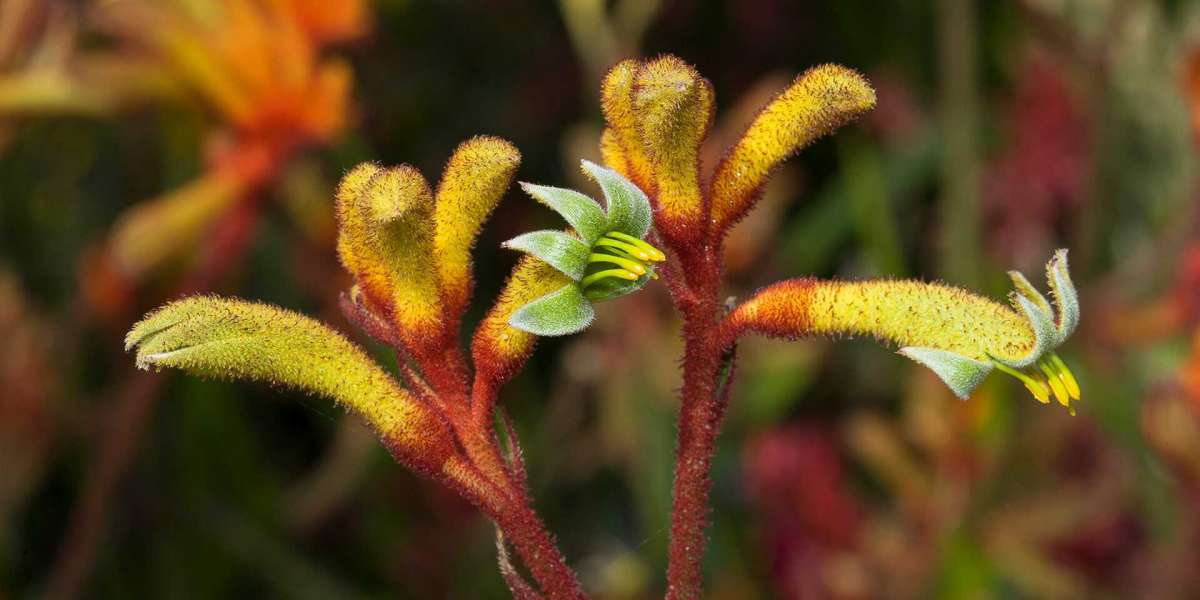In the heart of lush tropical rainforests, where the sunlight filters through the dense canopy and the air is thick with humidity, a group of extraordinary birds dance and flutter, painting the landscape with vibrant hues and graceful movements. Welcome to the enchanting world curated by The Jungle Collective, where the mesmerising realm of Birds of Paradise comes alive. These avian wonders are a testament to the astonishing diversity of life on Earth and a living symphony of artistry, adaptation, and evolution, all of which you can experience through the unique lens of The Jungle Collective.
A Glimpse into the Avian Extravaganza
The term "Birds of Paradise" encompasses a dazzling array of species belonging to the family Paradisaeidae, which are native to the New Guinea region and parts of Australia and Indonesia. Their name alone evokes images of exotic beauty and extravagant displays, and rightfully so. These birds have evolved to become the epitome of elegance and charm, captivating researchers and wildlife enthusiasts alike for centuries.
Adorned for Perfection
One of the defining characteristics of Birds of Paradise is their extraordinary plumage. These birds showcase astonishing colours, textures, and patterns, transforming into living artworks. The male birds, in particular, take ornamentation to a new level, donning elaborate feathers resembling flowing capes, iridescent shields, and cascading fans. The purpose of these flamboyant displays is to attract potential mates during courtship rituals that are nothing short of spectacular.
The Dance of Love
Courtship among Birds of Paradise is a mesmerising spectacle. Each species has its unique choreography, a dance honed over generations to stand out in the dimly lit rainforest undergrowth. These displays often involve intricate steps, leaps, and stretches, all meticulously designed to showcase the male's vivid plumage in the most captivating way possible. Among the most iconic is the "ballerina dance" of the Blue Bird of Paradise, which involves the male contorting himself into a near-perfect sphere while performing an elaborate song and dance routine.
The Evolutionary Paradox
The extravagant displays and remarkable features of Birds of Paradise might seem like nature's indulgence in aesthetics, but there's a deeper story at play. The evolutionary journey that has led to these avian wonders is a prime example of how the pressures of the environment can shape creatures into extraordinary forms. The vivid plumage and intricate dances are not only for the sake of beauty but are integral to the species' survival.
Conservation and Cultural Significance
While these avian marvels have captured the imagination of people worldwide, their existence is threatened by habitat loss, illegal trapping, and other human activities. Conservation efforts are essential to ensure that future generations can still witness the ethereal beauty of the Birds of Paradise.
Moreover, these birds hold significant cultural value for the indigenous people of the regions they inhabit. For many local communities, the Birds of Paradise are not just exotic creatures but symbols of identity, spirituality, and heritage. Their vibrant plumage has been used in traditional costumes, ceremonies, and rituals, profoundly connecting the people to their natural surroundings.
The Enigmatic Peperomia Connection
As we delve deeper into the world of these avian wonders, it's fascinating to find an unexpected connection to the world of plants. Amidst the grandeur of Birds of Paradise, a humble plant called Peperomia plays a crucial role. With their lush green foliage, Peperomia plants often serve as nesting sites for these birds. The leaves of the Peperomia offer a haven, concealed from predators, where Birds of Paradise can meticulously craft their nests and raise their young.
In Conclusion
Birds of Paradise are more than just ornate creatures; they are a living testament to the remarkable diversity and complexity of life on our planet. Their dazzling displays and intricate behaviours remind us of the natural world's boundless wonders. Yet, these birds highlight the delicate balance between human activities and the ecosystems that sustain these awe-inspiring species.







